Designer Profile: Tom Faulkner
One the site of Isambard Kingdom Brunel’s workshop, Tom Faulkner is putting steel to a very different use

Furniture maker Tom Faulkner has been producing innovatively crafted tables, chairs, consoles, mirrors and lighting for more than twenty years. Each piece is custom made at his Wiltshire workshop, where a team of specialists brings to life the intricate designs seen in many an interior design scheme using a combination of metal, glass, wood and stone.
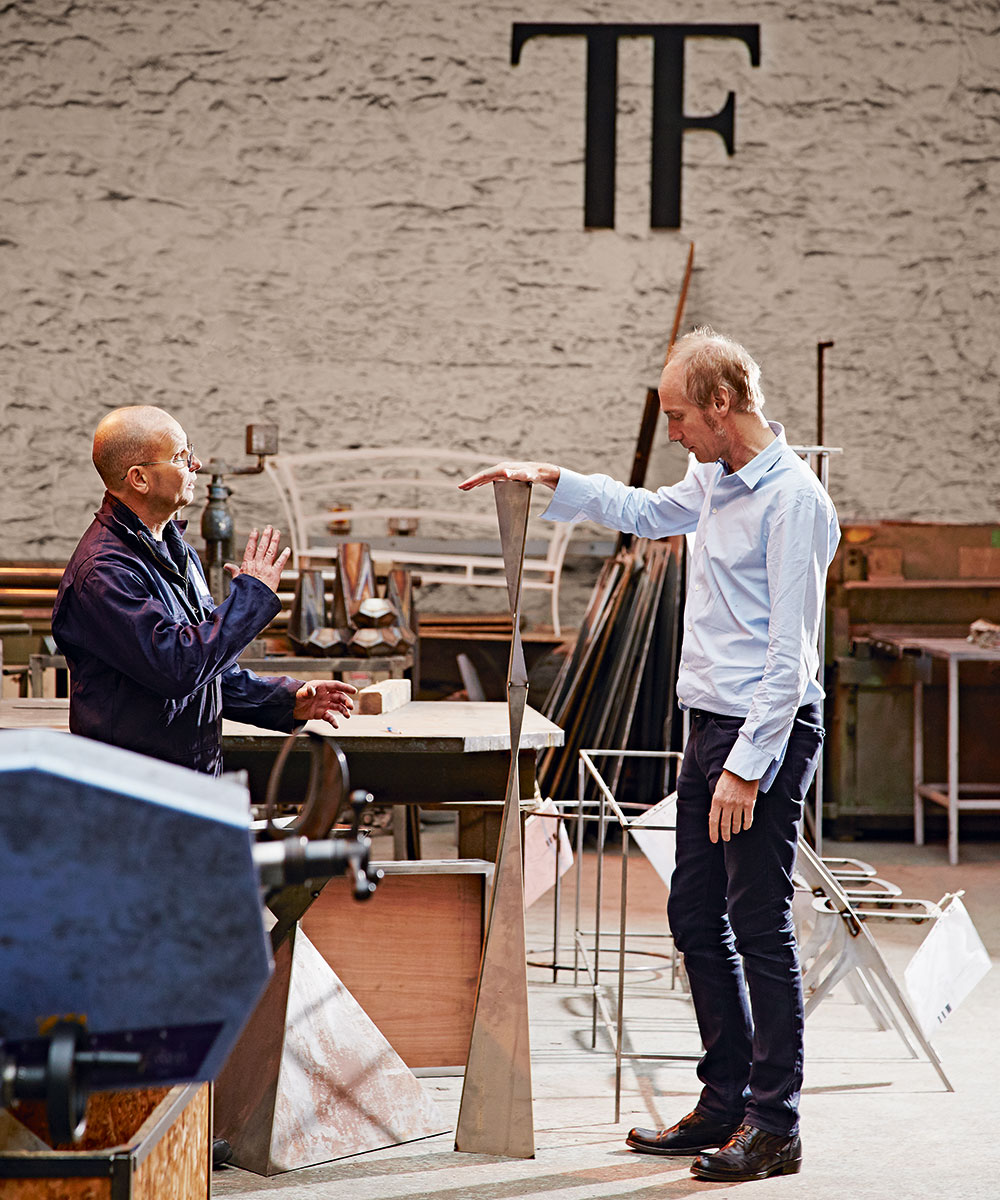
Tell us about your background
I’ve always been creative, although I have no formal training in furniture design. I worked for a picture framer many years ago, but it was while I was with Chrysalis Records in the early 1990s that I had a creative re-awakening. In my spare time I started making artwork with stencils and patterns, and one day I decided to apply some of these works to a coffee table. That sparked my interest in design.
What led you into the world of interiors?
When I decided to redesign my coffee table, I didn’t just paint it, I drew a complicated system of repeating geometric patterns, and by using stencils, spray paints and lacquer, I created my first piece of bespoke furniture. So I left the record company in 1993 and started a new business. I painted more tables, for myself and for friends, customising stencils and developing new systems and ways to apply them. For there, I began to design tables in wood from scratch. Drawing on experience from my picture framing days, I started selling them to interior designers. I happened by chance to meet some metalworkers in Wiltshire, whom I commissioned to make some chairs for one of my selling shows. After that, I was immediately captivated by metal and the opportunities it presented. It can be twisted, rolled, folded, and bent into any shape, and I realized there could be as much going on underneath a table as on top of it.

How did you set up your workshop?
In 1995 I bought the Wiltshire workshop I had been collaborating with, and two of its original metalworkers still work for me today. We moved to a wonderful location next to the railway station in Swindon, where, in the nineteenth century, Isambard Kingdom Brunel’s railway workshops were housed. I love that link with the past; Brunel was the master of steel, it was his material. The workshop is the creative and dynamic heart of the business, where welders, finishers and specialist painters all work to the highest standards. The team has a depth of knowledge and a wealth of experience that is second to none. I live in West London so it is very easy for me to drive there or to visit by train.
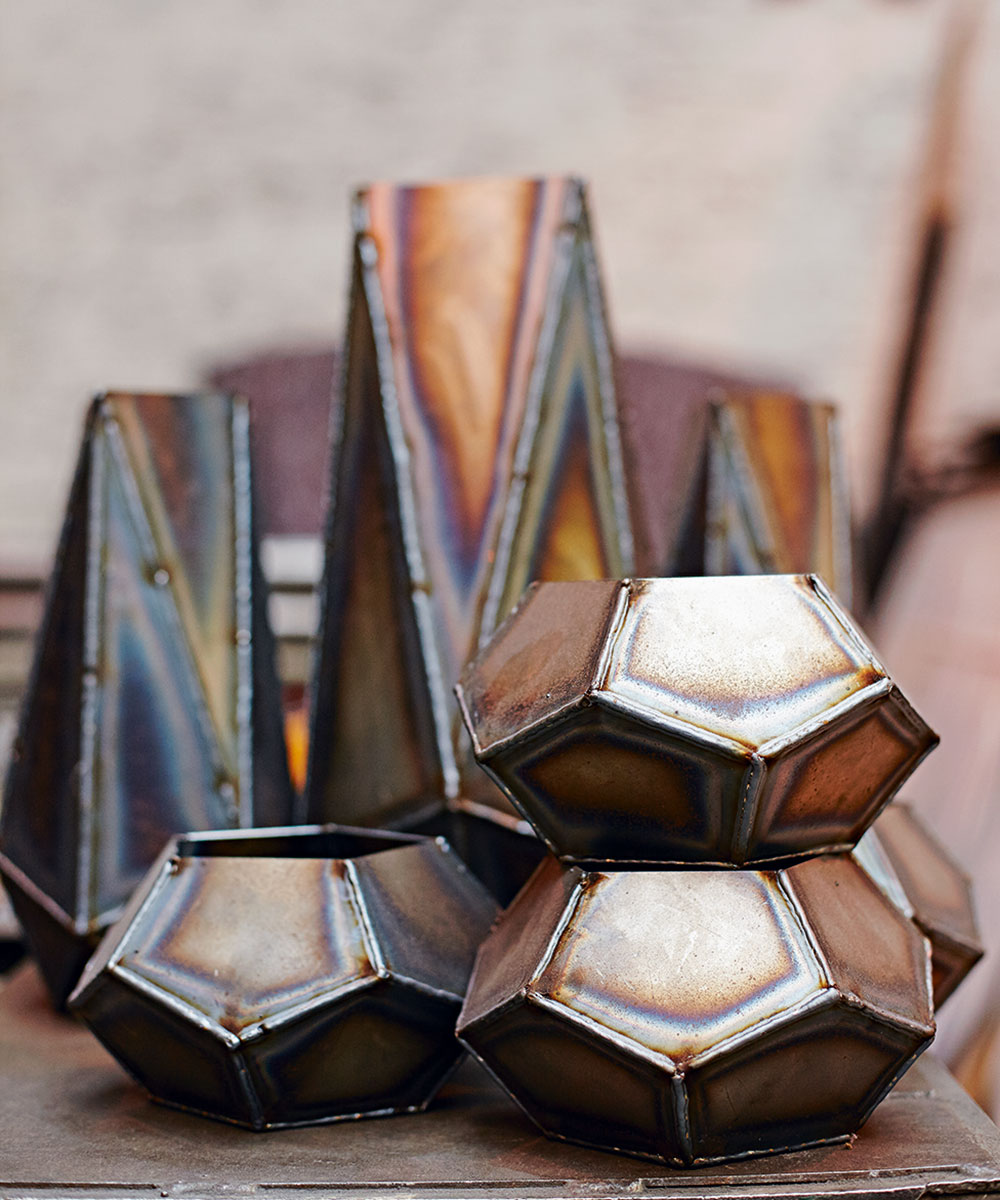
Where do you get your inspiration?
I’m very interested in patterns, silhouettes and motifs and I see them everywhere – in architecture and in nature. I travel a lot and everything I see informs what I do. I designed the Echo dining table after a trip to the Arctic, producing a piece that is somehow quite sparse, clean and uncompromising. An exhibition at the Royal Academy was the inspiration for the Ava dining table, along with an ever-present interest in geometry and a desire to use heavy steel plate. I’m also in awe of the incredible iron structures of the Victorian age, such as Paddington station and the Clifton Suspension Bridge. I usually design a few key pieces every year, which we launch at Decorex.
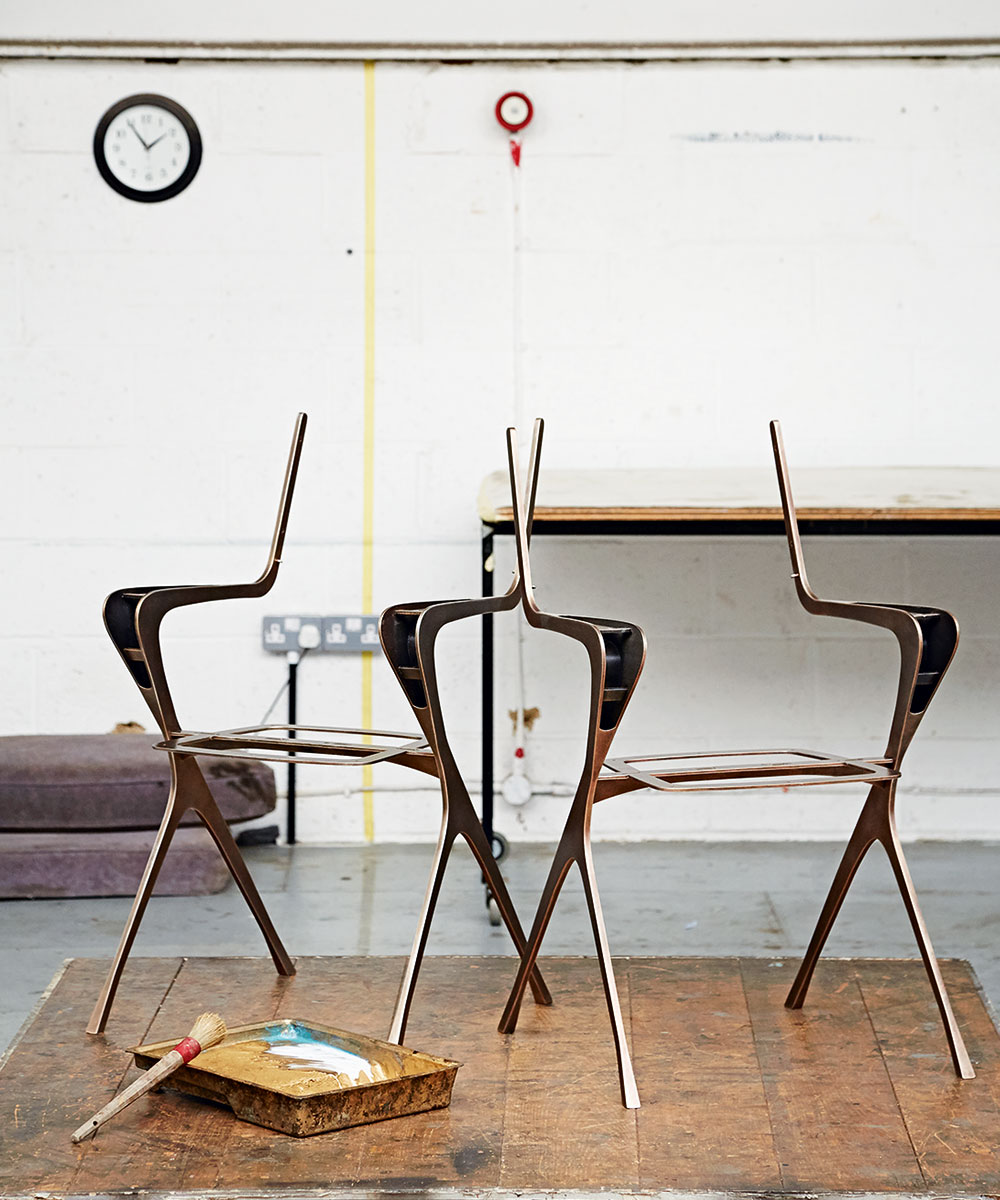
How have you diversified the business?
I have stuck with metal pretty faithfully over the years. It’s a material I enjoy, as it’s very malleable and strong. I love to create things that can only be made with it. We diversify by combining metal with glass, timber and marble, and also by embracing new techniques, from fabricating basic tubes and squares, to combining production with laser cutting. We also use water cutting, a process which uses a water jet to enable us to cut through heavy steel plate with incredible precision, as seen in our Vienna and Puzzle tables.
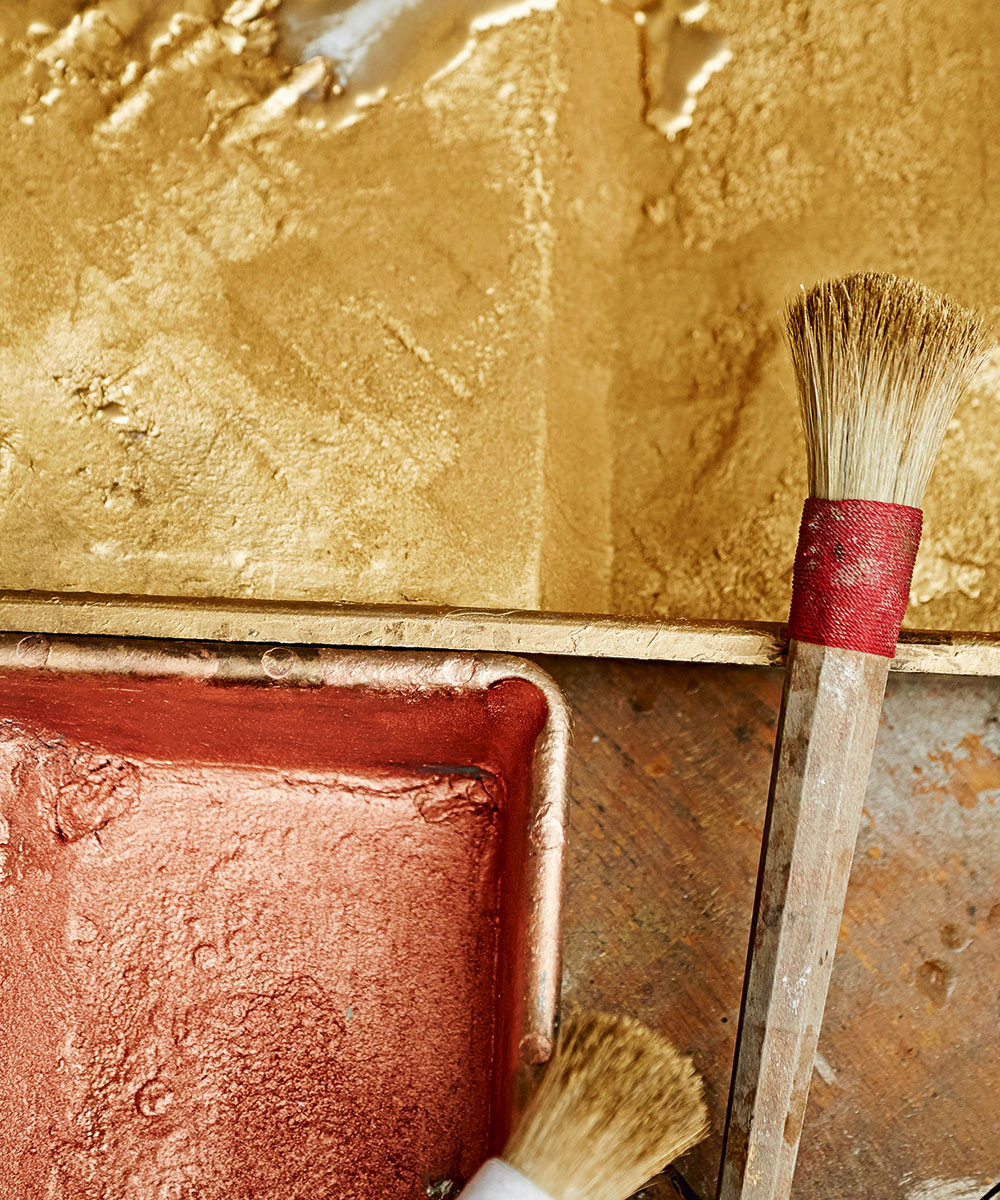
Where do you source your materials?
Our key materials are steel, glass, marble, wood, and leather. I try to source metal from the UK where possible. We do like to work with the best ingredients, so the leather for our Berlin chair comes from the only remaining oak bark tannery in the UK, while Italy is a source of incredible marble.
Tell us about the process of making a piece
It starts with a sketch of a pattern or a silhouette, often literally on the back of an envelope. I then like to draw it up full size, on paper. Next it is transferred to a computer, and then prototyped. There is no substitute for seeing something in 3D, as it always looks totally different in real life. It is said that a lot of design is in the making, which in my experience is true. It takes several prototypes before a piece is right. Many of our designs look incredibly simple but took an age to perfect.
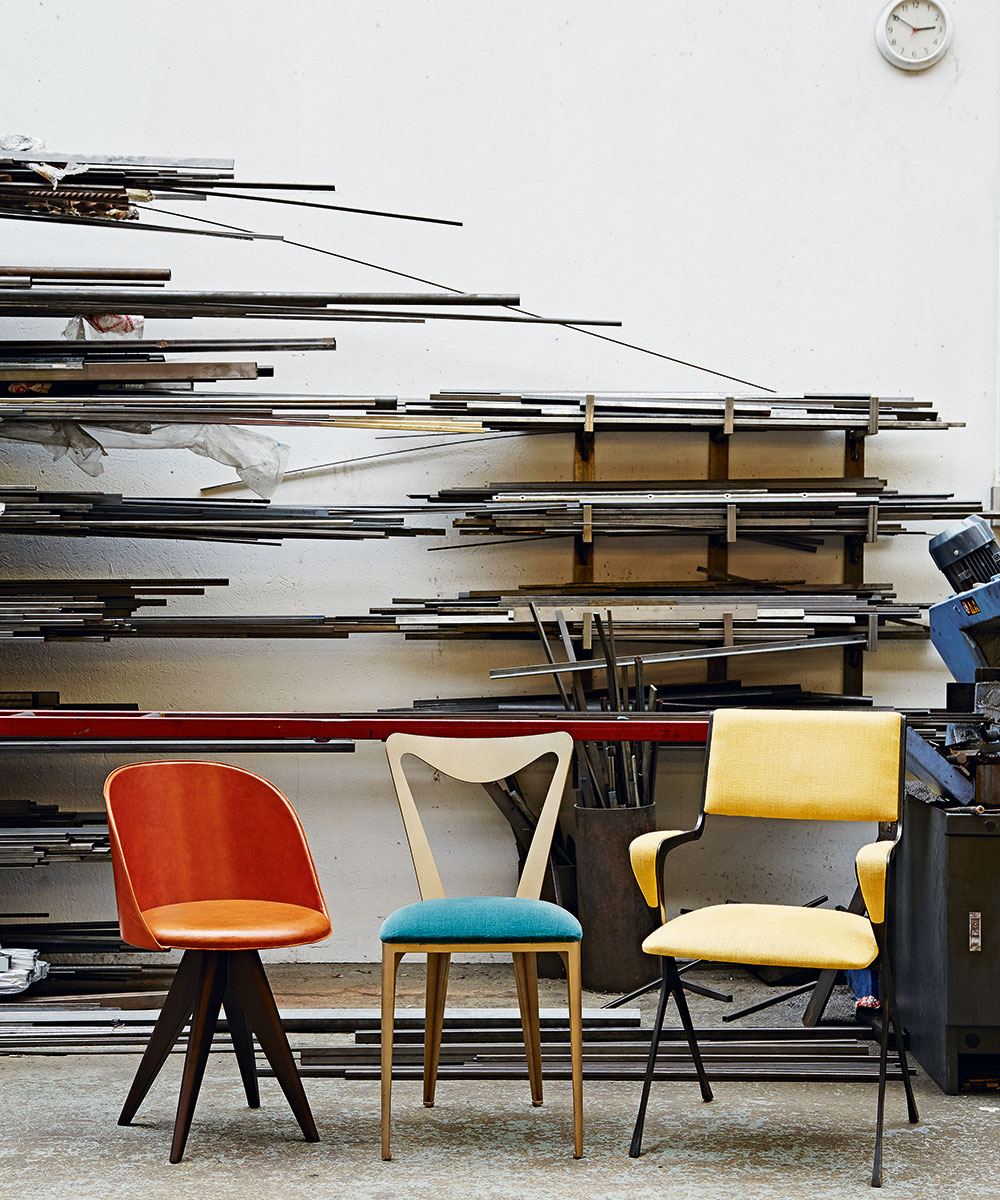
Describe a typical day
We have a Monday meeting in the London showroom, where we check on the progress of orders. My other reason to be in the showroom is to meet clients, which I always enjoy. Otherwise I like to be in the workshop at least once a week. Like everyone, I spend far too much time at my computer, corresponding. I also have a small studio in West London near to where I live, which is a creative space all of my own. My aim is to spend much more time there.
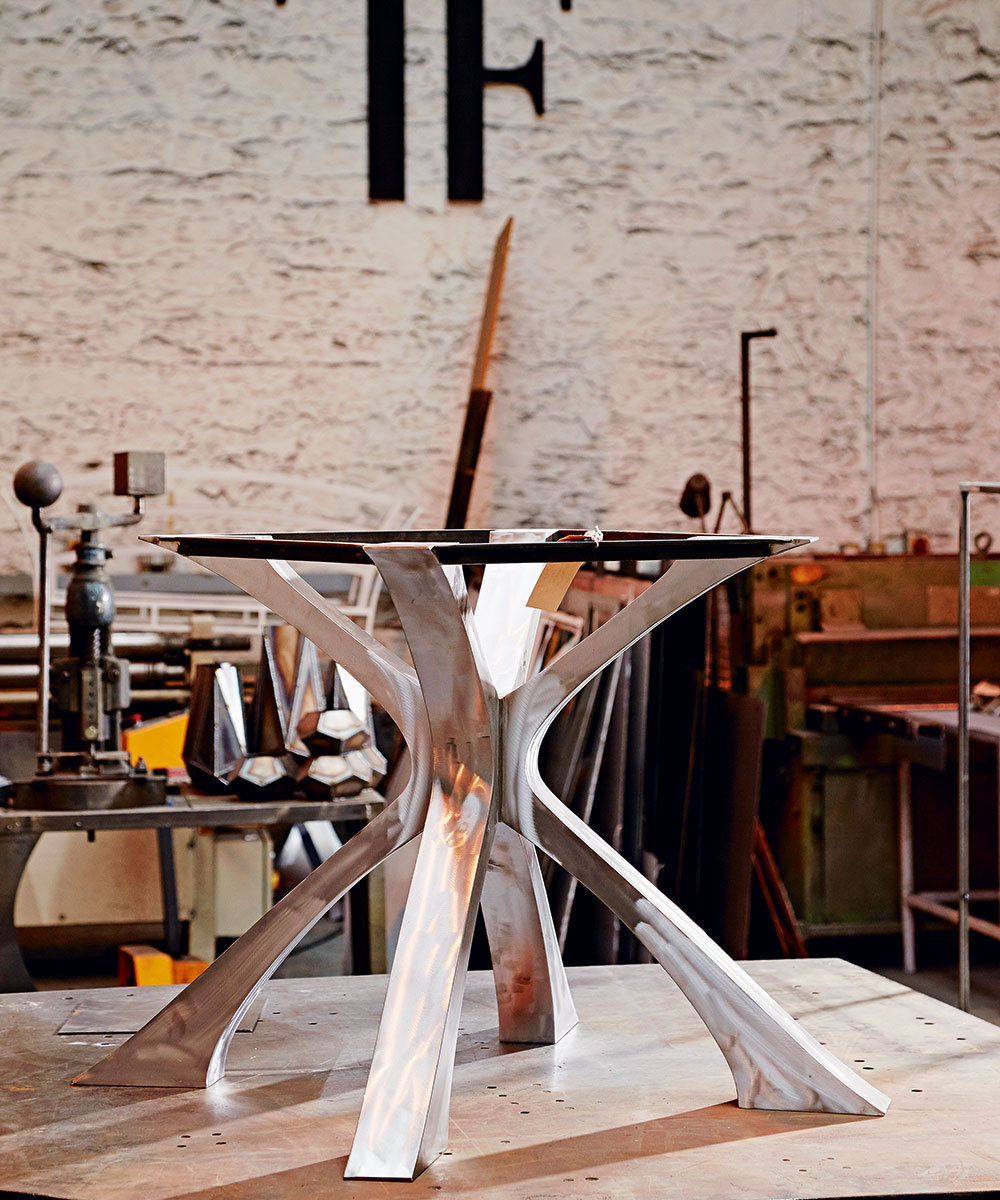
How big is your team?
There are fifteen of us, plus freelancers. The team is incredibly important to me. The business started from scratch so we are all on a journey and it’s vital that everyone who works for me is engaged and invested, that they are all kept informed, and feel included.
Why do your pieces have such lasting appeal?
I think what we make is often very simple, but quite distinctive too. In that respect, it may have been an advantage that I don’t have any training. Although some of our pieces are quite contemporary, the lines and the proportions are often very classical. Our signature piece is the Capricorn table, which is a good example of that marriage of traditional and modern.
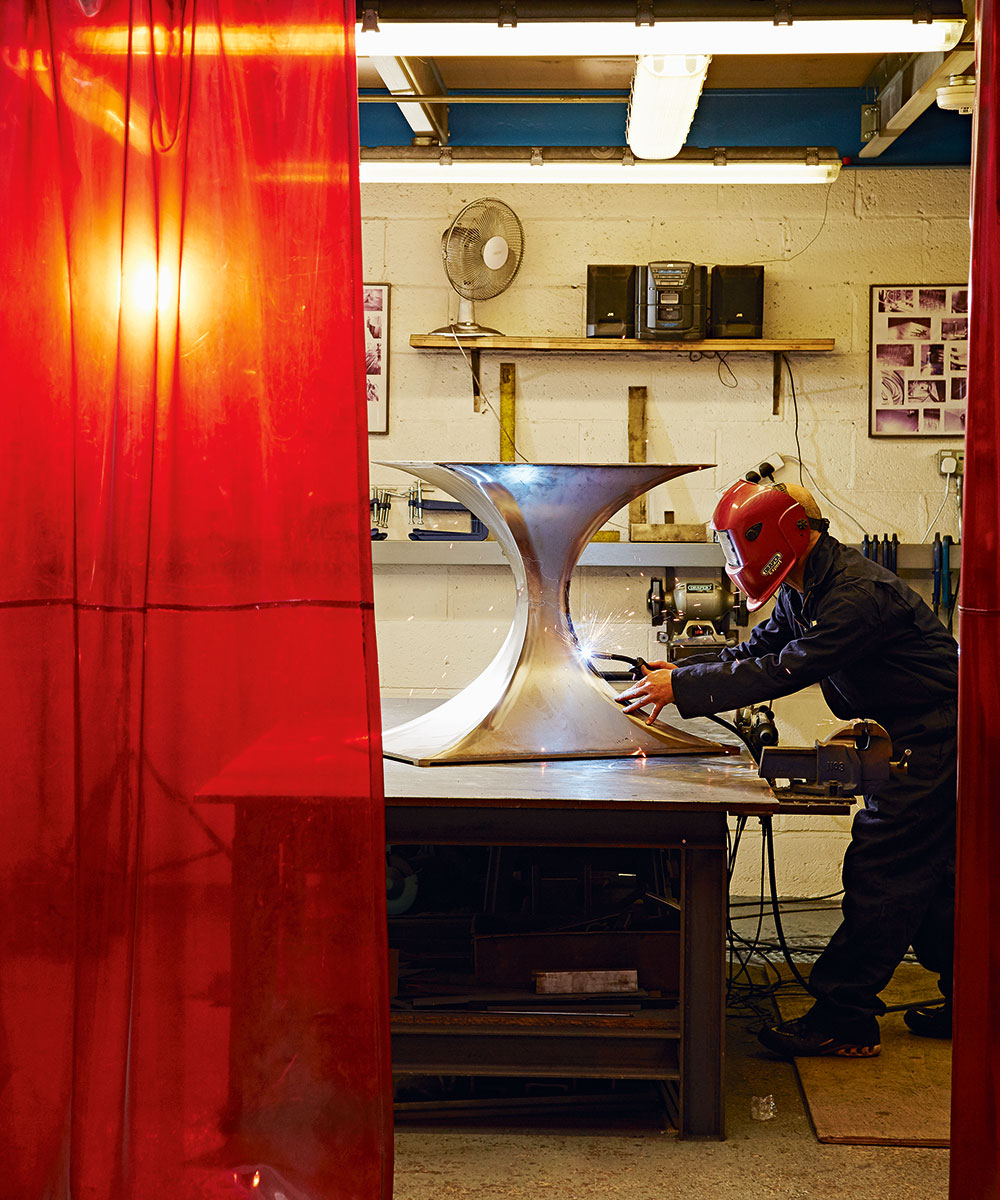
What are your future plans?
I’d love to broaden our offering even further by working with new materials. It would be great to open a bigger showroom and expand into the US too.
Tom Faulkner,Unit A3, Chelsea Reach, 79-89 Lots Road, SW10 0RN,020 7351 7272, tomfaulkner.co.uk.
Photography/ Alun Callender
Sign up to the Homes & Gardens newsletter
Design expertise in your inbox – from inspiring decorating ideas and beautiful celebrity homes to practical gardening advice and shopping round-ups.

Jennifer is the Digital Editor at Homes & Gardens. Having worked in the interiors industry for several years in both the US and UK, spanning many publications, she now hones her digital prowess on the 'best interiors website' in the world. Multi-skilled, Jennifer has worked in PR and marketing and occasionally dabbles in the social media, commercial, and the e-commerce space. Over the years, she has written about every area of the home, from compiling houses designed by some of the best interior designers in the world to sourcing celebrity homes, reviewing appliances, and even writing a few news stories or two.
-
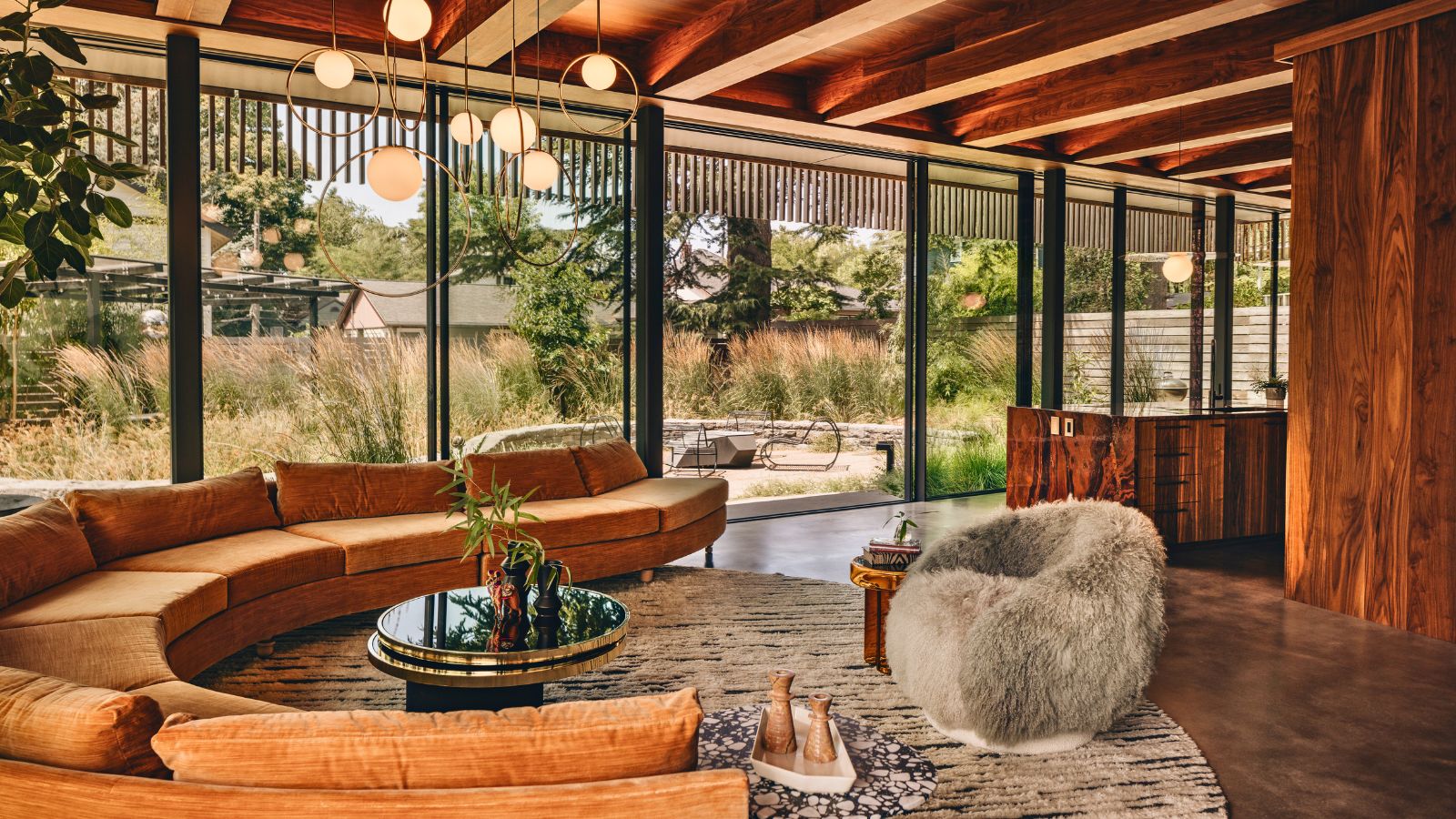 'Sexy disco-era Italy meets Japanese farmhouse in the Brazilian jungle' was the description the interior designer gave this glass-walled modernist home
'Sexy disco-era Italy meets Japanese farmhouse in the Brazilian jungle' was the description the interior designer gave this glass-walled modernist homeOffering a warm welcome that defies its stark, modernist lines, this archictectural gem is full of surprises
By Karen Darlow
-
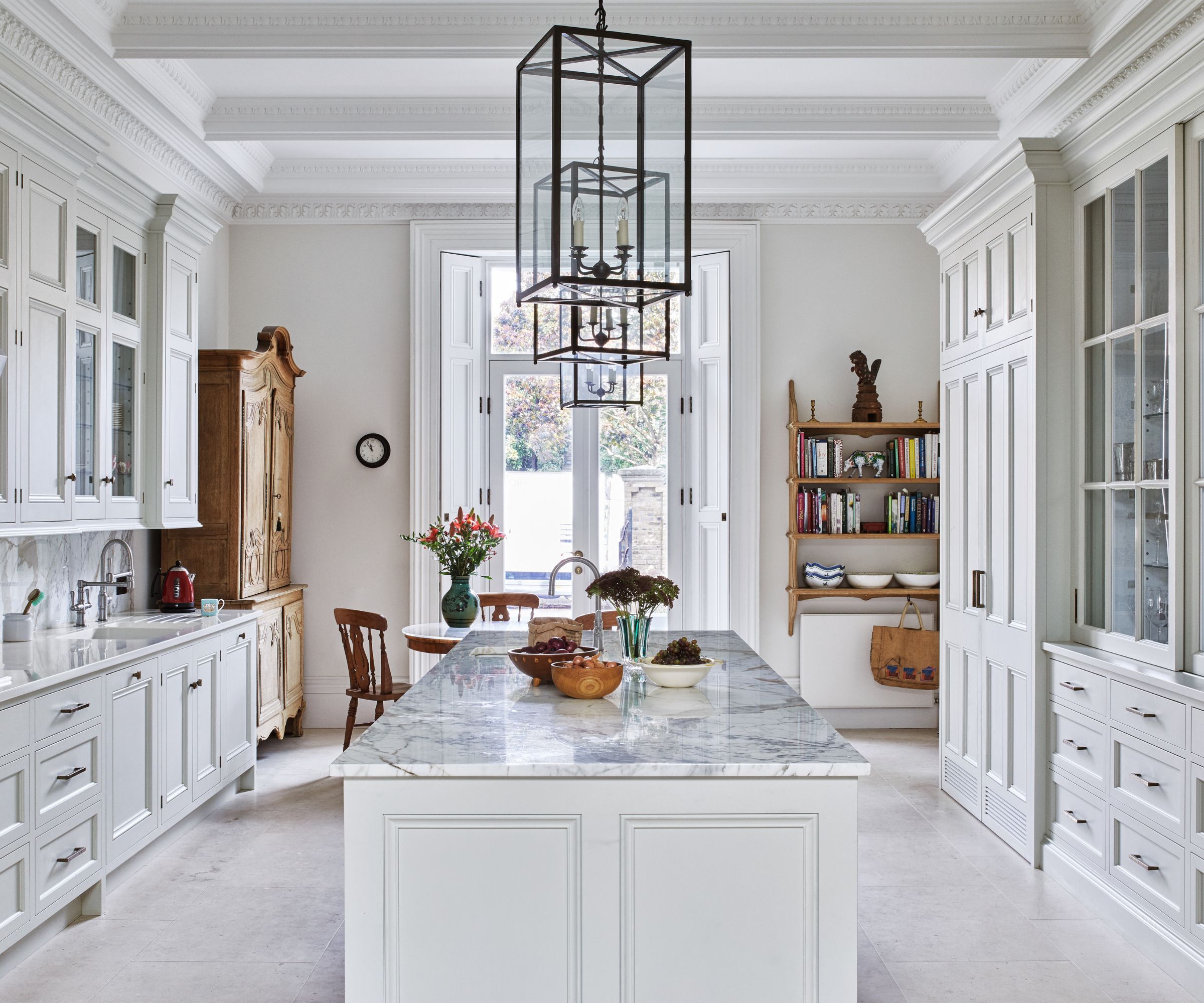 Are you making the most out of the estate sales in your area? These are the 5 most valuable items you should be shopping for
Are you making the most out of the estate sales in your area? These are the 5 most valuable items you should be shopping forVintage lovers and antique experts share the objects you should always look out for when you're exploring an estate sale
By Eleanor Richardson